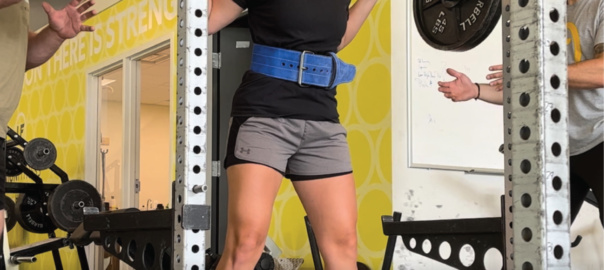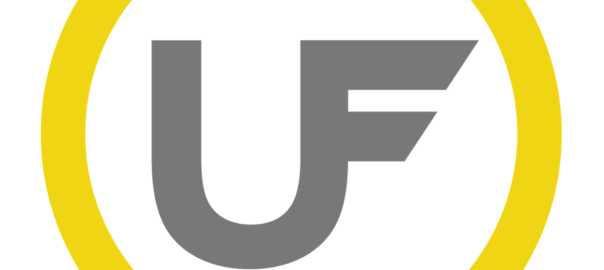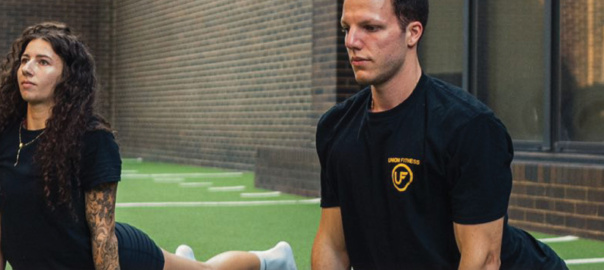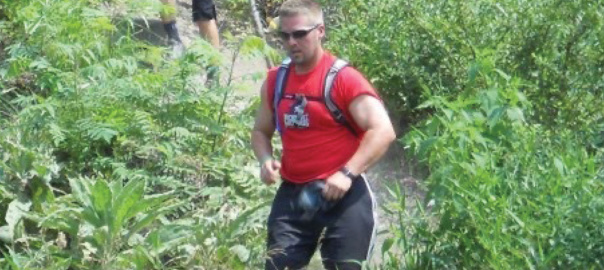No matter what your goal is when you enter the gym you will always have to decide what rep range to train at. Today I want to spend a few minutes giving you an overview of rep ranges, and why they matter. A small disclaimer here is important, I will not really delve into every possible variable in training. We could spend hours reviewing rep speed, isometrics, and timed sets. Today’s goal will be to give you a basic overview of reps and why different rep ranges are important.
High Reps 15-25.
In the realm of strength training this would be a high rep set. I have done sets of over 100 yet that is not the norm and generally 15-25 would be the highest one needs to train. I will give you a short list of pros and cons.
Pros.
Increase mydocondrial density. The mydocondria (as you may remember from HS science class) is the powerhouse of the cell. When we get stronger and add to the size of muscle fiber we reduce mydocondrial density. In order to increase mydocondria we must train in higher rep ranges.
Increased vascularization of the muscle. We want more blood pumped into the tissue so adding blood vessels is an easy way to do accomplish this. Adding more reps will add more arterials to the muscle you are training.
Less stress on the joint. Due to the lighter load that you must use during high rep training the stress on the joints will be less.
Great Pump. Everyone loves a great pump
Cons.
Limited strength gains. High rep training will not increase strength in a significant way over the long haul.
Adds fatigue with little benefit. When doing high rep work the first 10-15 reps will add stress without adding much else to the training session. You must be careful when using this style of training that you don’t overuse certain joints.
Hard to recover from this training. Depending on the movement high rep work can take a long time to recover from. If you are squatting or deadlifting and using high reps you will have to take many days to recover before returning to this movement. I’d generally recommend use high reps for smaller movements.
Mid Range Reps 8-12
Pick up any bodybuilding magazine and you will see a ton of work done using these reps. 3X10 is always popular.
Pros.
Load is heavy enough to make some strength gains. Weight can be 60-80% of your 1 rep max. With this load and rep range you can absolutely increase overall strength.
Easier to recover from than high rep training. Due to less reps the overall stress can be less.
Easier to get more sets in. You could do 3-6 sets and build more volume with this rep range than with the higher rep ranges.
Cons.
Still not heavy enough to be very specific for absolute strength work.
Not mentally challenging enough. Over the years I have met a ton of people that live in this rep range and are afraid to go for the heavy sets. Lower reps will add a little fear to your life and this can be a very good thing in training and in life.
Lower rep ranges 1-5.
This is the the rep range that you should earn in your training. What I mean by that is in order to do 1-5 reps per set you must prepare yourself by doing the work that leads you to heavy sets.
Pros.
Low rep and heavy load training will increase strength. The body will only adapt to the stress you place upon it. If you wish to be stronger you must do some low rep work.
Low rep training will teach you to brace. I’ve heard all the fancy words and phrases thrown around with no context. Brace, engage your core, tighten up, and many more. If you want to learn to brace unrack a heavy weight and you’ll begin to understand all of this.
Low rep training is a challenge. Overcome fear and hit a weight you have never attempted before.
Cons.
Stress! If you go the well too often you will either not make progress or get injured. Low rep training is hard on the body so shouldn’t be used more than once a month.
Low rep training is very specific to the movement. This means that some exercises are not made for low rep training. Large multi-joint movements are best, while uni-lateral, and isolation exercises don’t work well with lower rep ranges.
Chance of acute injury can increase in low rep training. Due to the extreme loads used during this style of training one must be careful. Use competent spotters (UF has a ton of these so ask), be mentally engaged with the lift, and don’t push too far beyond your current limits.
There it is a basic overview of rep ranges. Now I am going to challenge you in your own training. Do something different! It does not matter what you do different, just do something different. If you have been stuck with your 3X10 workout, try 5×5. If you have been doing singles, go for 4X8. Whatever change you make ride it out for a few weeks.









